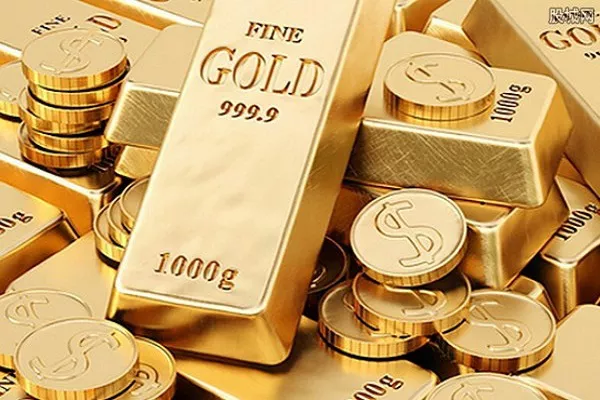In the realm of financial markets, gold has long reigned as a symbol of wealth, a safe haven, and a hedge against uncertainty. Its price, characterized by fluctuations that can range from subtle to seismic, is subject to a multitude of factors. One significant force that exerts its influence on gold price volatility is the role played by central banks. These financial institutions hold the keys to economic stability, wielding policies that can either soothe or shake the foundations of global markets. In this article, we delve into the intricate relationship between central banks and the volatility of gold prices.
Central Banks: The Guardians of Monetary Policy
Central banks are the guardians of a nation’s monetary policy, responsible for regulating money supply, interest rates, and often serving as the lender of last resort. Their actions ripple across financial markets, impacting currencies, interest rates, and ultimately influencing investor sentiment. These institutions wield a powerful array of tools to manage economic growth, inflation, and financial stability. As such, their decisions and pronouncements can send shockwaves through markets, including the gold market.
Interest Rates and the Gold-Price Dance
One of the most prominent ways central banks influence gold prices is through their management of interest rates. When central banks raise interest rates, the cost of borrowing increases, potentially slowing down economic growth. Higher interest rates can make other interest-bearing assets, such as bonds or savings accounts, more attractive compared to non-interest-bearing assets like gold. Consequently, as interest rates climb, investors might shift their focus away from gold, resulting in a decrease in demand and potentially contributing to a decline in gold prices.
Quantitative Easing and Market Sentiment
Conversely, central banks also deploy expansionary monetary policies like quantitative easing (QE) to stimulate economic growth. QE involves purchasing financial assets, injecting liquidity into the financial system. This approach can lead to lower interest rates and increased money supply, potentially devaluing a nation’s currency. In response, investors seeking to safeguard their wealth might turn to gold as a store of value, driving up demand and subsequently boosting gold prices.
However, the impact of QE on gold prices is not always straightforward. Market sentiment, geopolitical events, and other economic factors can modulate the relationship between central bank actions and gold price movements. Nonetheless, central banks’ expansionary policies can contribute to increased market volatility as investors try to anticipate the consequences of these measures on asset prices.
Forward Guidance and Investor Expectations
Central banks wield another tool in their arsenal: forward guidance. This involves signaling their intended future monetary policy decisions. If central banks provide clear indications of potential interest rate changes or policy shifts, investors often adjust their strategies accordingly. For instance, if a central bank hints at an upcoming rate hike, investors might anticipate a stronger currency and reduced demand for gold, potentially leading to a decline in gold prices. The interplay between central banks’ communication and investor expectations can magnify market volatility.
FAQs about Central Banks and Gold Price Volatility
Q1: Do all central banks have the same impact on gold prices?
A1: No, the impact of central banks on gold prices can vary based on factors like the size of the economy, the importance of gold in the nation’s financial system, and the credibility of the central bank’s policies.
Q2: Can central bank decisions cause sudden and extreme fluctuations in gold prices?
A2: Yes, central bank decisions, especially unexpected ones, can lead to abrupt and significant shifts in gold prices. This is because these decisions can alter investor sentiment and expectations rapidly.
Q3: How can investors protect their portfolios from central bank-induced gold price volatility?
A3: Diversification is key. Investors should spread their investments across different asset classes, including gold, stocks, bonds, and currencies. This can help mitigate the impact of sudden price swings caused by central bank actions.
Conclusion
Central banks exert a profound influence on the dynamics of financial markets, and their actions resonate throughout the gold market. From interest rate changes to quantitative easing and forward guidance, central banks’ decisions can trigger shifts in investor sentiment and demand for gold. As investors navigate the complex landscape of gold price volatility, understanding the intricate relationship between central bank policies and gold prices becomes essential. Balancing portfolios, staying attuned to central bank communications, and considering broader economic factors can empower investors to navigate the undulating terrain of gold price fluctuations with greater confidence.

